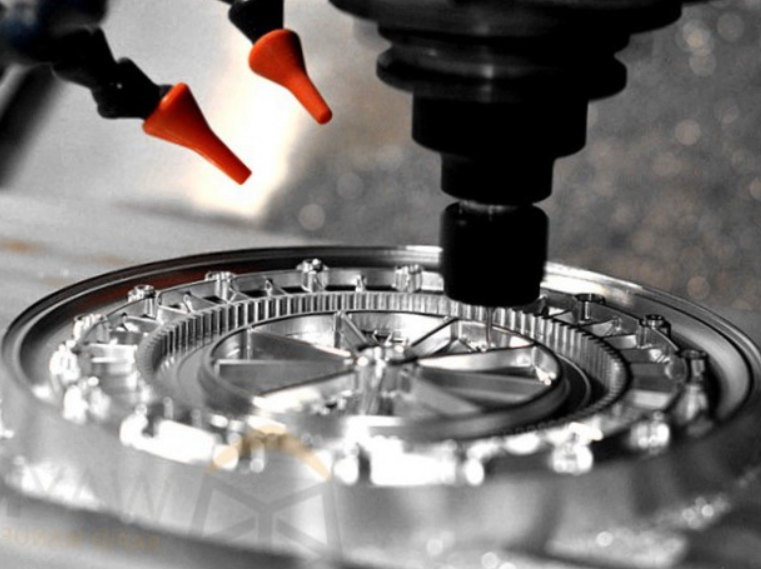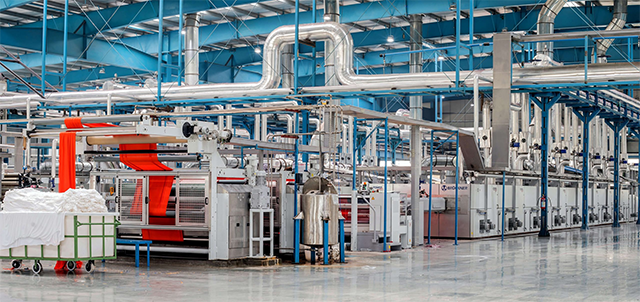language
English
العربية
বাংলাদেশ
Български
Hrvatski
Česky
Dansk
Nederland
 Esperanto
Esperanto
Slovenski
Filipino
Suomi
Français
Maori
 Shqiptare
Shqiptare
Georgian
 Euskara
Euskara
Deutsch
Ελλάδα
ישראל
इंडिया
Magyarország
Ísland
Indonesia
Irlanda
Italia
日本語
Sovensko
Հայաստան
한국
Kyrgyz
ປະເທດລາວ
 Zulu
Zulu
Latvian
Lithuanian
Luxembourgish
 Latinus
Latinus
Macedonian
Малайская
Maltese
Монгол улс
 Cymraeg
Cymraeg
ဗမာ
 தமிழ்
தமிழ்
नेपाल
Norge
ایران
Polska
Portugal
România
Российская
Србија
 Slovak
Slovak
Србија
 Slovak
Slovak
Bosanski
Slovenian
Беларус
España
Sverige
Точик
ประเทศไทย
Türk
Azərbaycan
Uzbek
 Afrikaans
Afrikaans
Việt Nam
language
08
2025
-
10
Part Deformation After Post-Treatment? Causes & Solutions Here
Part deformation after post-treatment mainly results from residual internal stress, mismatched processes, and structural flaws. By relieving stress in pre-treatment, optimizing process parameters, improving structure, and auxiliary correction, the deformation rate can be controlled within 0.1% to avoid quality losses.
1. Three Core Causes of Deformation: Locate Problems at the Source
- Unreleased Internal Stress: Raw materials contain stress before processing (e.g., rolling stress of cold-rolled steel plates, cooling shrinkage stress of injection-molded parts). Temperature changes during post-treatment (e.g., welding, heat treatment) trigger stress release, leading to part bending. For example, if stainless steel plates are not stress-relieved annealed after laser cutting, they are prone to 1-2mm warping during subsequent electroplating.
- Mismatched Process Parameters: Improper control of temperature, time, and cooling rate in post-treatment. For instance, if the bath temperature exceeds 25℃ and cooling is uneven during aluminum alloy anodizing, the deformation rate of thin-walled parts (thickness <1mm) increases by 30%; failure to temper steel parts promptly after quenching and excessively fast cooling easily cause crack-like deformation.
- Structural Design Flaws: Excessive wall thickness differences (e.g., a housing part with 1mm and 5mm wall thickness) and unevenly distributed ribs lead to inconsistent shrinkage/expansion in different areas during post-treatment, inevitably causing deformation.

2. Four Targeted Solutions: Effective When Implemented
- Stress Relief Pre-Treatment: Conduct "stress-relief annealing" (steel parts heated to 600-650℃ for 2-4 hours) or "aging treatment" (aluminum alloys heated to 120-180℃ for 6-8 hours) before processing to release internal stress in materials in advance, reducing the basis for deformation from the source.
- Optimize Post-Treatment Processes: Match parameters to material properties—control the bath temperature at 20-22℃ for aluminum anodizing and use staged cooling (first air-cooled to 50℃ then water-cooled); replace rapid cooling with "isothermal quenching" for steel heat treatment to reduce deformation caused by temperature gradients.
- Improve Structural Design: Through DFM optimization, control the wall thickness difference within 1:1.5, add process holes in thick-walled areas, and arrange ribs evenly (rib height not exceeding 3 times the wall thickness) to balance the shrinkage rate during post-treatment.
- Auxiliary Fixing and Correction: Use special fixtures to fix deformation-prone parts (e.g., long sheet metal parts) during post-treatment (e.g., magnetic positioning tools for welding); restore dimensions after deformation via "cold straightening" (fine adjustment with a press) or "hot straightening" (local heating to recrystallization temperature for correction).

Key words:
Part deformation after post-treatment, stress relief annealing,aluminum anodizing deformation,DFM structural optimization,cold straightening,heat treatment distortion,thin-walled part warping,residual stress solution
Related news
undefined






